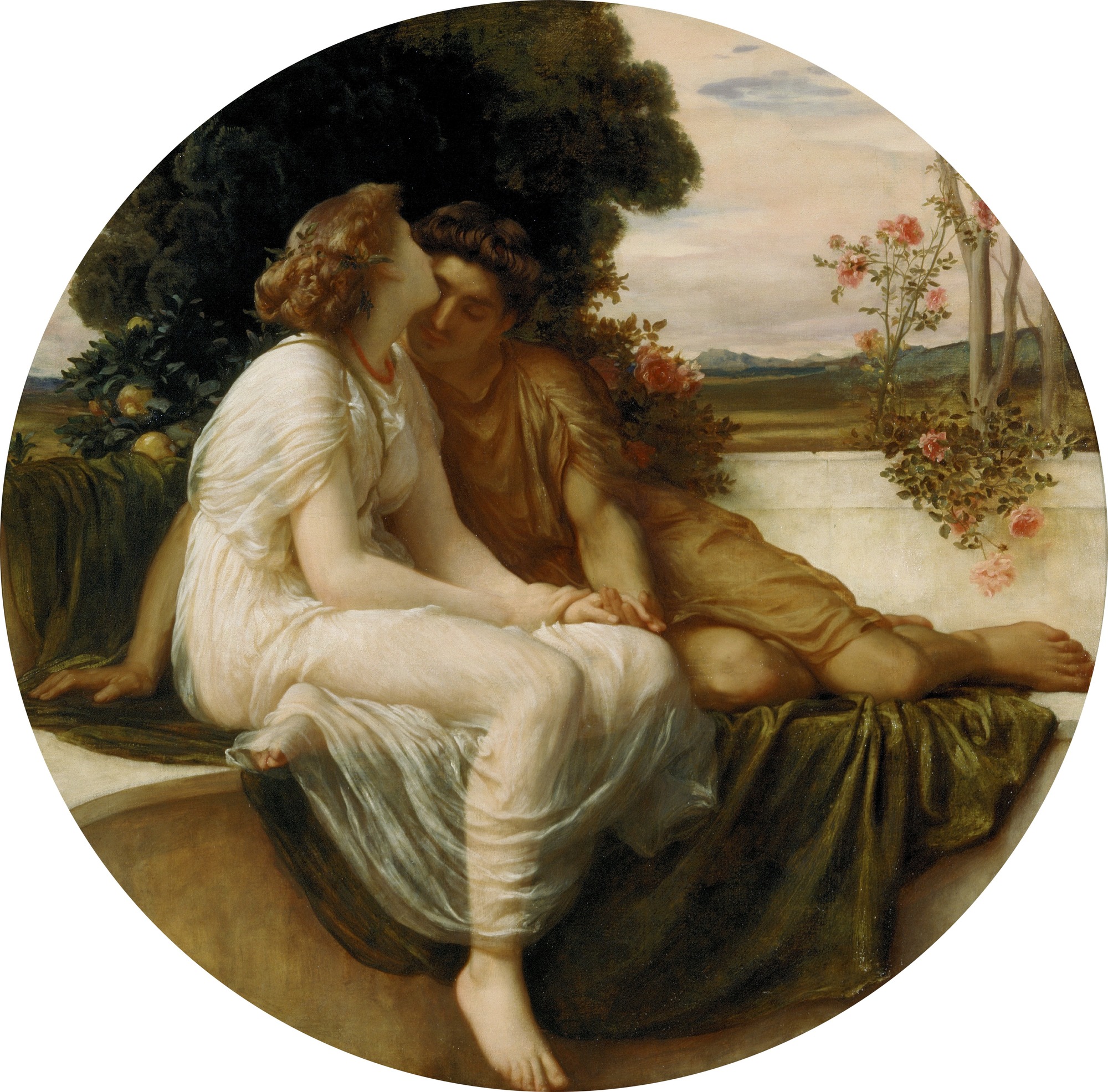Explore: Galliambic
Discover books, insights, and more — all in one place.
Learn more about Galliambic with top reads curated from trusted sources — all in one place.
AI-Generated Overview About “galliambic”:
Books Results
Source: The Open Library
The Open Library Search Results
Search results from The Open Library
1The Attis of Caius Valerius Catullus
translated into English verse : with dissertations on the myth of Attis, on the origin of tree-worship, and on the galliambic metre
By Gaius Valerius Catullus
“The Attis of Caius Valerius Catullus” Metadata:
- Title: ➤ The Attis of Caius Valerius Catullus
- Author: Gaius Valerius Catullus
- Language: English
- Number of Pages: Median: 154
- Publisher: D. Nutt
- Publish Date: 1892
- Publish Location: London
“The Attis of Caius Valerius Catullus” Subjects and Themes:
- Subjects: Attis (God) - Galliambic - Tree worship
Edition Identifiers:
- The Open Library ID: OL18942233M
Author's Alternative Names:
". Catullus", "Caius Valerius Catullus", "Gaius Catullus", "Catullus", "Catullus Veronensis", "G. Valerius Catullus", "Catulle", "Catull" and "Catulo"Access and General Info:
- First Year Published: 1892
- Is Full Text Available: No
- Is The Book Public: No
- Access Status: No_ebook
Online Marketplaces
Find The Attis of Caius Valerius Catullus at online marketplaces:
- Amazon: Audiable, Kindle and printed editions.
- Ebay: New & used books.
Wiki
Source: Wikipedia
Wikipedia Results
Search Results from Wikipedia
Poetry of Catullus

the girls feign their reluctance. Poem 63, in the rare and excitable Galliambic metre, is about a young Greek man called Attis who travels to Phrygia
Galliambic verse
Versus Galliambicus (Latin), or the Galliambic Verse (English), is a verse built from two anacreontic cola, the second one catalectic (i.e., lacking its
Catullus 63
Catullus 63 is a Latin poem of 93 lines in galliambic metre by the Roman poet Catullus. The poem is about the self-mutilation and subsequent lament of
Greek and Latin metre
poetry. Among others are: Eupolidean Sotadean Anapaestic septenarius Galliambic Phalaecian hendecasyllable Epodic metres are a simple kind of strophic
Dactylic hexameter
Asclepiad (poetry) Sapphic stanza Alcaic stanza Ionic metre Anacreontics Galliambic verse Sotadean metre Dochmiac Lekythion Anaclasis (poetry) Metrical foot
Dactylic hexameter is a form of meter used in Ancient Greek epic and didactic poetry as well as in epic, didactic, satirical, and pastoral Latin poetry. Its name is derived from Greek δάκτυλος (dáktulos, "finger") and ἕξ (héx, "six"). Dactylic hexameter consists of six feet. The first five feet contain either two long syllables, a spondee (– –), or a long syllable followed by two short syllables, a dactyl (–ᴗᴗ). However, the last foot contains either a spondee or a long syllable followed by one short syllable, a trochee(– ᴗ). The six feet and their variation is symbolically represented below: The hexameter is traditionally associated with classical epic poetry in both Greek and Latin. Consequently, it has been considered to be the grand style of Western classical poetry. Examples of epics in hexameter are Homer's Iliad and Odyssey, Apollonius of Rhodes's Argonautica, Virgil's Aeneid, Ovid's Metamorphoses, Lucan's Pharsalia, Valerius Flaccus's Argonautica, and Statius's Thebaid. However, this meter had a wide use outside of epic. Greek works in dactylic hexameter include Hesiod's didactic Works and Days and Theogony, some of Theocritus's Idylls, and Callimachus's hymns. In Latin famous works include Lucretius's philosophical De rerum natura, Virgil's Eclogues and Georgics, book 10 of Columella's manual on agriculture, as well as satirical works of Lucilius, Horace, Persius, and Juvenal. Later the hexameter continued to be used in Christian times, for example in the Carmen paschale of the 5th-century Irish poet Sedulius and Bernard of Cluny's 12th-century satire De contemptu mundi among many others. Hexameters also form part of elegiac poetry in both languages, the elegiac couplet being a dactylic hexameter line paired with a dactylic pentameter line. This form of verse was used for love poetry by Propertius, Tibullus, and Ovid, for Ovid's letters from exile, and for many of the epigrams of Martial.
Hendecasyllable
Asclepiad (poetry) Sapphic stanza Alcaic stanza Ionic metre Anacreontics Galliambic verse Sotadean metre Dochmiac Lekythion Anaclasis (poetry) Metrical foot
In poetry, a hendecasyllable (as an adjective, hendecasyllabic) is a line of eleven syllables. The term may refer to several different poetic meters, the older of which are quantitative and used chiefly in classical (Ancient Greek and Latin) poetry, and the newer of which are syllabic or accentual-syllabic and used in medieval and modern poetry.
Anceps
Asclepiad (poetry) Sapphic stanza Alcaic stanza Ionic metre Anacreontics Galliambic verse Sotadean metre Dochmiac Lekythion Anaclasis (poetry) Metrical foot
Anaclasis (poetry)
metrical pattern. Ancient metricians used the term principally of the Greek galliambic rhythm | u u – u | – u – – |, which they believed was derived from a regular
Glyconic
Asclepiad (poetry) Sapphic stanza Alcaic stanza Ionic metre Anacreontics Galliambic verse Sotadean metre Dochmiac Lekythion Anaclasis (poetry) Metrical foot
Ionic meter
anaclasis (substitution of u – for – u in the 4th and 5th positions). The galliambic is a variation of this, with resolution (substitution of u u for – ) and